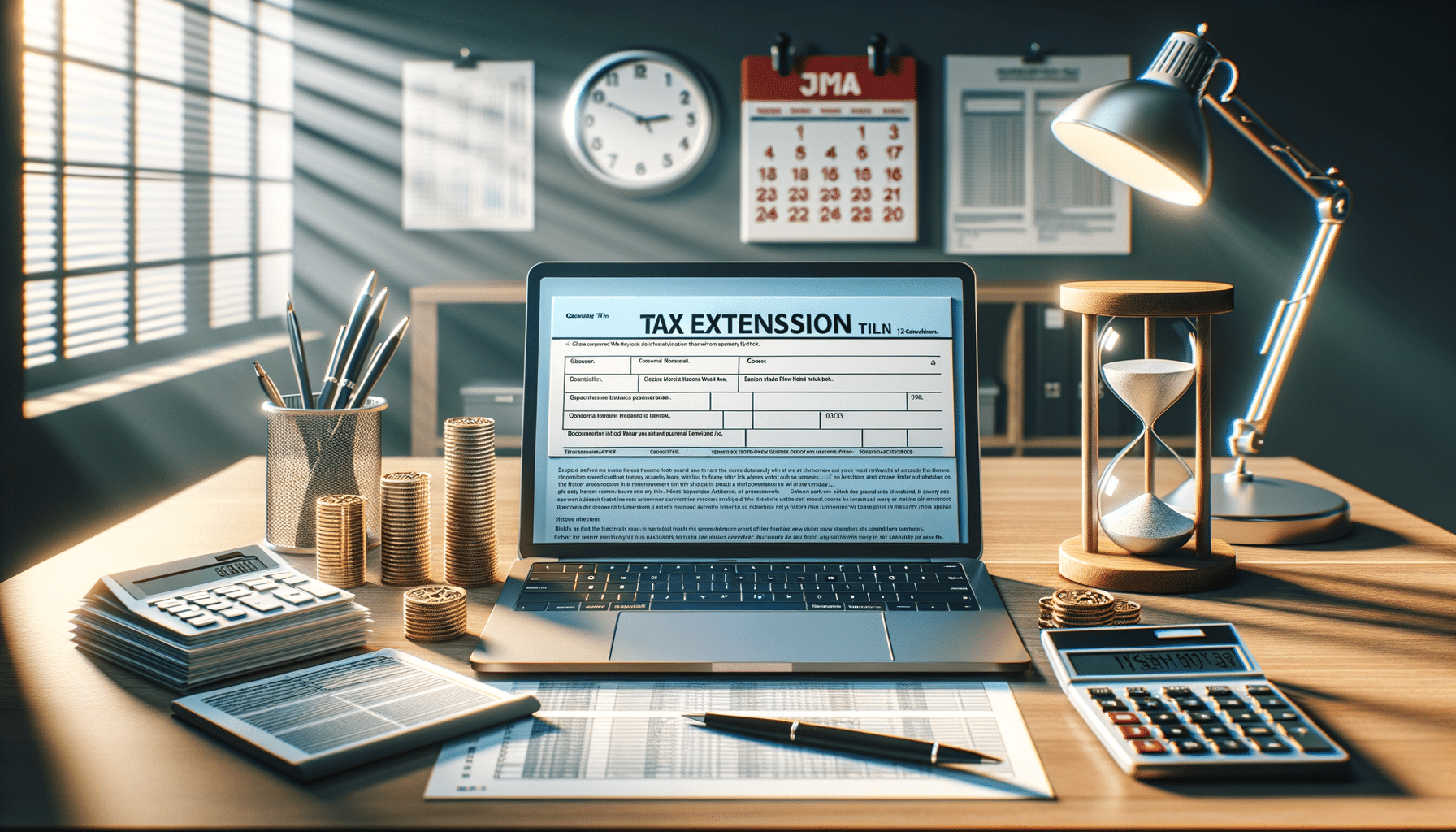
Everything You Need to Know Before Filing a Tax Extension with the IRS
How to File a Tax Extension
Filing a tax extension is a straightforward process, but it requires careful attention to detail. The IRS provides Form 4868, which is the Application for Automatic Extension of Time to File U.S. Individual Income Tax Return. This form can be filed electronically or by mail. If you choose to file electronically, several tax software programs offer this service, ensuring that your extension request is processed quickly. For those who prefer traditional mail, it’s crucial to ensure that the form is postmarked by the tax deadline, typically April 15th.
When completing Form 4868, you’ll need to provide basic information such as your name, address, and Social Security number. Additionally, you should estimate your total tax liability for the year, the total amount you have already paid, and the balance due. While filing an extension gives you additional time to file your return, it does not extend the time to pay any taxes owed. Therefore, it’s advisable to pay any estimated tax liability to avoid interest and penalties.
Once your extension is granted, you’ll have an additional six months to file your tax return, moving the deadline to October 15th. This extra time can be invaluable if you’re waiting for additional tax documents or need more time to organize your financial records. Remember, an extension to file is not an extension to pay, so ensure any taxes owed are settled by the original deadline to avoid financial penalties.
Do I Need a Reason to File a Tax Extension?
One of the most common questions taxpayers have is whether they need a specific reason to file a tax extension. The answer is no; the IRS does not require you to provide a reason for requesting an extension. This flexibility is beneficial for individuals who may need more time for various reasons such as waiting for additional tax documents, dealing with unexpected life events, or simply needing more time to ensure their tax return is accurate and complete.
While you don’t need to justify your request, it’s important to remember that the extension only applies to filing your return and not to paying any taxes owed. Therefore, if you anticipate owing taxes, it’s wise to make an estimated payment by the original deadline. This will help you avoid interest charges and potential penalties. The IRS’s lenient policy regarding extension requests makes it an accessible option for taxpayers who need it.
Ultimately, filing a tax extension can be a strategic decision, allowing you to take the time necessary to file a complete and accurate return. It can also provide peace of mind, knowing that you’re not rushing through the process and potentially making errors. As long as you meet the deadline for the extension request and pay any estimated taxes due, you can take advantage of the extension without any negative consequences.
IRS Extension vs. Late Filing Penalty
Understanding the difference between filing a tax extension and incurring a late filing penalty is crucial for any taxpayer. When you file for an extension, you’re essentially notifying the IRS that you need more time to prepare your return. This is a proactive step that can prevent the late filing penalty, which is typically 5% of the unpaid taxes for each month or part of a month that a tax return is late, up to a maximum of 25% of your unpaid taxes.
On the other hand, if you fail to file either your tax return or an extension by the deadline, you may be subject to this penalty. It’s important to note that the penalty for filing late is significantly higher than the penalty for paying late, which is generally 0.5% of the unpaid taxes for each month the taxes remain unpaid. Therefore, even if you can’t pay your taxes by the deadline, filing an extension can save you from the more severe late filing penalty.
Filing a tax extension is a smart move if you’re not ready to submit your return by the deadline. It’s a simple process that can save you from unnecessary financial penalties and provide the time needed to ensure your tax return is accurate. Taking this step demonstrates responsibility and can prevent the stress and cost associated with late filing penalties.


